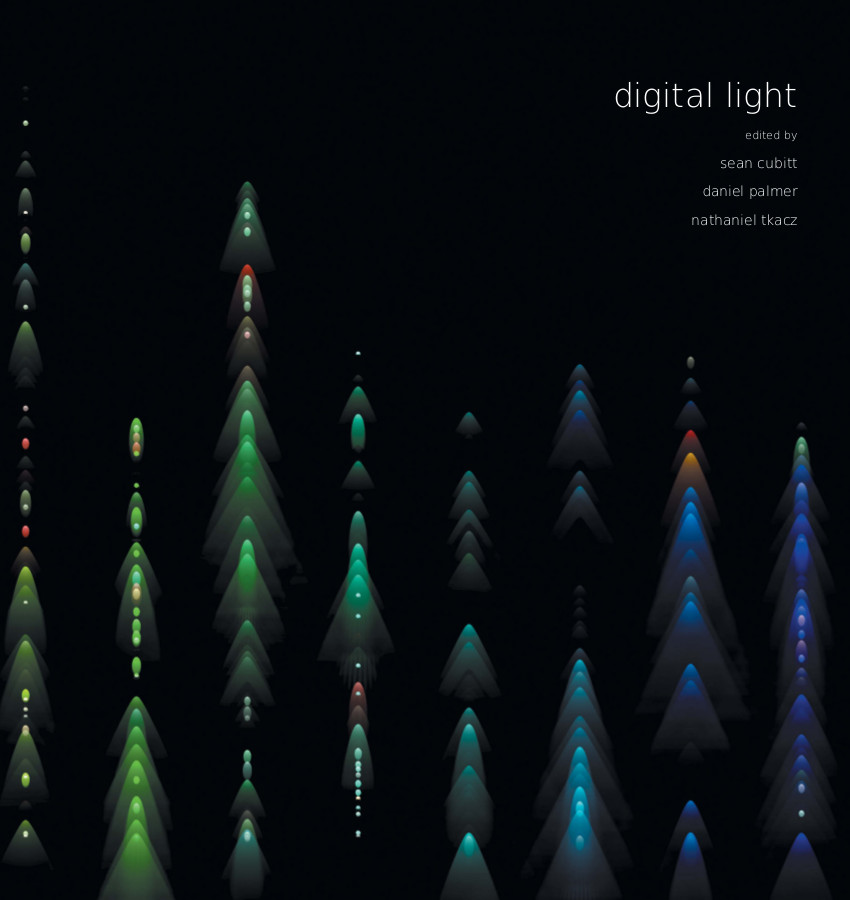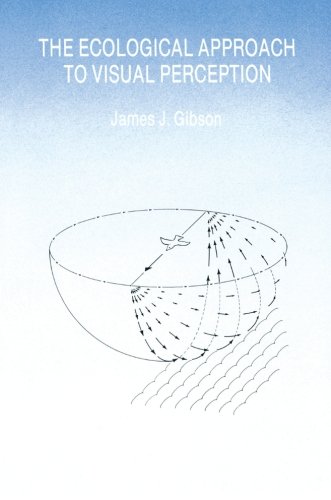Steina: Machine Vision (1978–)
Filed under video | Tags: · art, environment, installation, installation art, kinetic art, media art, op art, video, video art, vision
An electro-opto-mechanical environment by Steina, with instrumentation by Josef Krames, Woody Vasulka, and Bruce Hamilton. First shown at the Vasulkas exhibition at Albright-Knox Art Gallery in Buffalo, NY, 1978.
“When a human being operates the camera, the assumption is that the camera is an extension of the eye. You move the camera the way you move the head and the body. In video, unlike photography or film, the viewfinder is not necessarily an integral part of the camera apparatus. … In the late 1970s, I began a series of environments titled Machine Vision and Allvision, with a mirrored sphere. Another variation has a motorized moving mirror in front of the camera so that depending on the horizontal or vertical positioning of the mirror, the video monitor displays a continuous pan or tilt either back/forth or up/down. A third variation is a continuous rotation through a turning prism, while still another has a zoom lens in continuing motion, in/out. These automatic motions simulate all possible camera movements freeing the human eye from being the central point of the universe.” (Steina)
Recorded at the Palazzo delle Esposizioni, Rome, 1994/1995
Artist statement and documentation (artist’s website archive with restored videos)
WEBM (42 MB)
Comment (0)Sean Cubitt, Daniel Palmer, Nathaniel Tkacz (eds.): Digital Light (2015)
Filed under book | Tags: · aesthetics, art, cinema, digital, film, image, light, optics, photography, screen, technology, vision

“Light symbolises the highest good, it enables all visual art, and today it lies at the heart of billion-dollar industries. The control of light forms the foundation of contemporary vision. Digital Light brings together artists, curators, technologists and media archaeologists to study the historical evolution of digital light-based technologies. Digital Light provides a critical account of the capacities and limitations of contemporary digital light-based technologies and techniques by tracing their genealogies and comparing them with their predecessor media. As digital light remediates multiple historical forms (photography, print, film, video, projection, paint), the collection draws from all of these histories, connecting them to the digital present and placing them in dialogue with one another.
Light is at once universal and deeply historical. The invention of mechanical media (including photography and cinematography) allied with changing print technologies (half-tone, lithography) helped structure the emerging electronic media of television and video, which in turn shaped the bitmap processing and raster display of digital visual media. Digital light is, as Stephen Jones points out in his contribution, an oxymoron: light is photons, particulate and discrete, and therefore always digital. But photons are also waveforms, subject to manipulation in myriad ways. From Fourier transforms to chip design, colour management to the translation of vector graphics into arithmetic displays, light is constantly disciplined to human purposes. In the form of fibre optics, light is now the infrastructure of all our media; in urban plazas and handheld devices, screens have become ubiquitous, and also standardised. This collection addresses how this occurred, what it means, and how artists, curators and engineers confront and challenge the constraints of increasingly normalised digital visual media.
While various art pieces and other content are considered throughout the collection, the focus is specifically on what such pieces suggest about the intersection of technique and technology. Including accounts by prominent artists and professionals, the collection emphasises the centrality of use and experimentation in the shaping of technological platforms. Indeed, a recurring theme is how techniques of previous media become technologies, inscribed in both digital software and hardware. Contributions include considerations of image-oriented software and file formats; screen technologies; projection and urban screen surfaces; histories of computer graphics, 2D and 3D image editing software, photography and cinematic art; and transformations of light-based art resulting from the distributed architectures of the internet and the logic of the database.”
Publisher Open Humanities Press, London, 2015
Fibreculture Books series
Creative Commons BY-SA 4.0 License
ISBN 1785420089, 9781785420085
224 pages
Review: Mathias Denecke (Culture Machine, 2016).
PDF, PDF, PDF (4 MB, updated on 2016-7-19)
Comment (0)James J. Gibson: The Ecological Approach to Visual Perception (1979–) [EN, RU]
Filed under book | Tags: · ambience, ecology, environment, image, information, light, media, movement, object, perception, perspective, psychology, surface, vision

“James J. Gibson (1904–1979) is one of the most important psychologists of the 20th century, best known for his work on visual perception. He received his Ph.D. from Princeton University and his first major work was The Perception of the Visual World (1950) in which he rejected behaviorism for a view based on his own experimental work. In his later works, including The Ecological Approach to Visual Perception (1979), Gibson became more philosophical and criticized cognitivism in the same way he had attacked behaviorism before, arguing strongly in favor of direct perception and direct realism, as opposed to cognitivist indirect realism. He termed his new approach ‘ecological psychology’.”
“He moved from thinking about what patterns could act as stimuli to rethinking the concept of the stimulus itself, ultimately rejecting “stimulus” in favor of his version of “information.” In a 1960 paper that is a classic in its own right, Gibson carefully surveyed the patch work of meanings of the term “stimulus” that could be found in the literature. He concluded that the optical (or acoustic, or haptic etc.) patterning that would best correspond to actual perceiving in the world no longer seemed like a “stimulus” at all in any proper sense. Instead, he proposed a common-sense usage of the term “information” (as opposed to the technical usage of Shannon) which was fairly well developed by that time. By information, Gibson meant structured energy that was information about environmental sources, in contrast to information as structure in an information theoretical sense which implies a sender and a receiver. Gibson’s information is specific to its environmental sources though not a replica or a copy. It certainly is not a stimulus in the sense of energy that triggers a response. Gibson’s information does not come to the animal. The animal goes to it, actively obtaining the information. Part 2 of this volume develops this concept of information and is at the heart of Gibson’s theory.” (from the Introduction)
“Gibson’s legacy is increasingly influential on many contemporary movements in psychology, particularly those considered to be post-cognitivist.”
Publisher Houghton Mifflin, Boston, 1979
This edition, Psychology Press, 2014
ISBN 9781315740218
315 pages
Reviews and commentaries: E. Bruce Goldstein (Leonardo, 1981), Frederick A. Jules (1984), A. P. Costall (Journal of the Experimental Analysis of Behavior, 1984), Maurizio Ferraris (1999, IT), William M. Mace (Ethics & the Environment, 2005).
Wikipedia, FR
Publisher
WorldCat
The Ecological Approach to Visual Perception (English, 1979/2014, 4 MB)
Ekologicheskiy podchod k zritelnomu vospriyatiyu (Russian, trans. T.M. Sokolskoy, 1988, 11 MB)
For more on Gibson see Monoskop wiki.
Comment (1)
